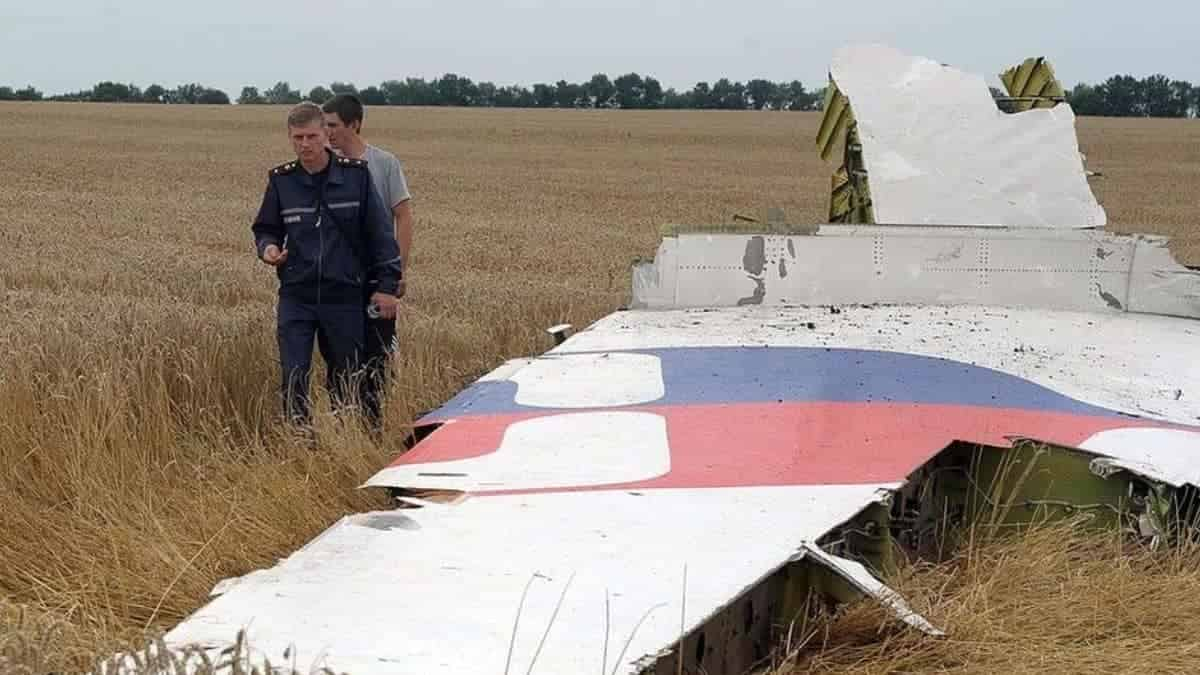Russia Ukraine Crisis: Will there be another MH17 like airplane attack?

As the war hysteria is building up between Russia and Ukraine, a lot of airlines have started canceling trips between Russia and Ukraine. Back in July of 2014, a Malaysian airline MH17 was shot down by the Russian-backed supporters who wanted to separate from Ukraine.
The airline’s sector was hit by COVID-19 pretty badly and now there are clouds of war roaming between Russia and Ukraine.
Here is what we know about the MH17 plane attack:
There were 283 passengers on board, including 80 children, as well as 15 crew members.
On July 17, 2014, Malaysia Airlines flight MH17, en route from Amsterdam to Kuala Lumpur, vanished from radar while flying over conflict-torn Ukraine.
There were 283 passengers on board, including 80 children, as well as 15 crew members.
According to a 15-month investigation by the Dutch Safety Board (DSB), the plane crashed after being hit by a Russian-made Buk missile over eastern Ukraine.
Evidence proved the Buk missile was transported in from Russian territory and fired from a field held by Russian-backed separatists, according to an international team of criminal investigators.
In May 2018, a joint investigation team (JIT) conducted by the Netherlands concluded that the missile system belonged to a Russian brigade, and both Australia and the Netherlands announced that Russia was responsible for the plane’s downing.
The JIT then accused four persons in June 2019 as being engaged in delivering the missile into the area in eastern Ukraine, accusing them of murdering 298 passengers and crew members. It announced the issuance of international arrest warrants.
A missile burst slightly above and to the left of the cockpit, according to the DSB, causing the plane to break apart in mid-flight.
The detonation of a Russian-made 9N314M-type warhead carried on the 9M38M1 missile, launched from the eastern portion of Ukraine using a Buk missile system, caused the accident, according to the report.
The JIT concluded “irrefutable evidence” that a Buk missile from the 9M38-series was used when it reported on the interim findings of its criminal investigation in September 2016.
The weapon system was recognised based on the damage pattern on the debris and shrapnel fragments discovered. Paint traces on a number of missile fragments matched paint traces on sections of a missile found nearby.
To determine where the warhead burst, investigators simulated alternative warhead trajectories and discovered that a 70kg warhead closely matched the damage observed on the debris.
They showed that it burst four metres above the plane’s nose on the left side of the cockpit, showering the plane with warhead fragments.


